Calculate the appropriate LRV and URV pressures for this hydrostatic level measurement system.
Assuming the process liquid has a weight density of 44 pounds per cubic foot at a temperature of 23 degrees Celsius, and that the “wet leg” compensating impulse line is filled with a glycerin/water mix (S.G. = 1.13).
Assume a static vessel pressure of 126 PSI:
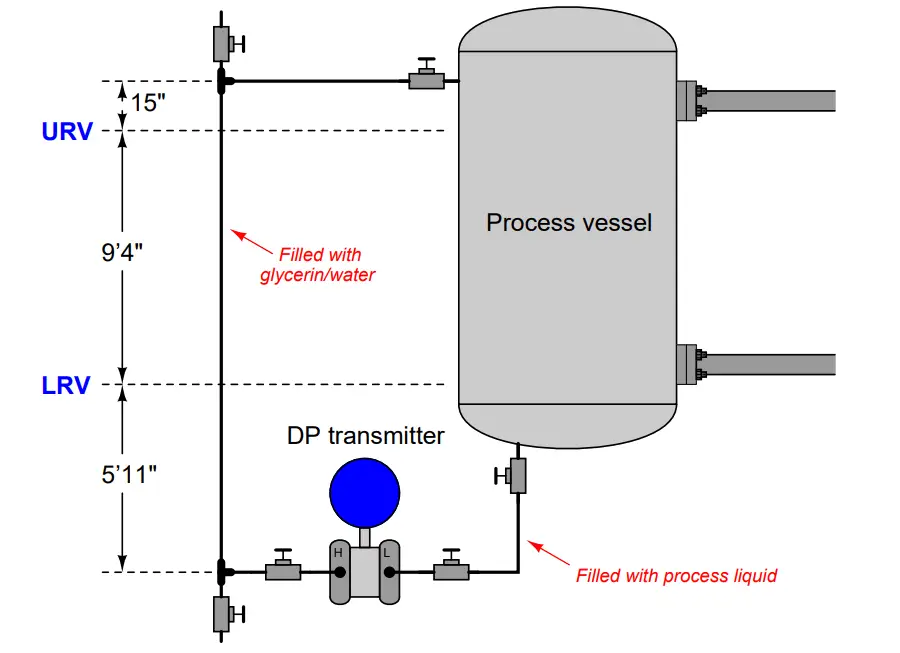
Question 1:
Express your answers in units of inches water column (”W.C. or ”H2O).
Answer:
LRV = +173.7 ”H2O
URV = +94.76 ”H2O
The temperature and static pressure values are extraneous information, included for the purpose of challenging students to identify whether or not information is relevant to solving a particular problem.
Question 2:
As liquid level increases in this vessel, will the transmitter’s signal increase or decrease (i.e. is this level transmitter direct or reverse acting?
Question 3:
If the process liquid heats up and becomes less dense (but the actual level remains the same), will the transmitter’s 4-20 mA signal increase, decrease, or remain the same?
Question 4:
If the wet leg is filled with pure glycerin instead of a glycerin/water mixture (but the process liquid level remains the same), will the transmitter’s 4-20 mA signal increase, decrease, or remain the same?
Question 5:
How would this system respond if someone closed the upper nozzle block valve, isolating the compensating leg impulse line from the process vessel?
Question 6:
Describe a step-by-step procedure for re-filling the wet leg with glycerin, assuming a pressurized vessel.
Do you find any mistake in these questions?
Share with us through below comments section.
Read Next:
Credits: Tony Kuphaldt
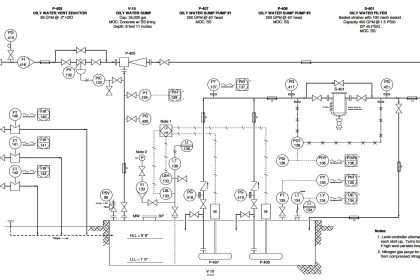

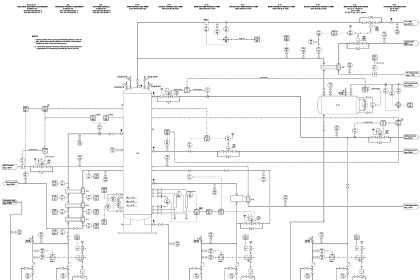
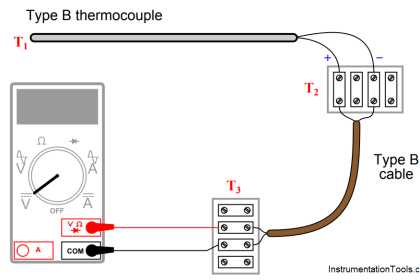

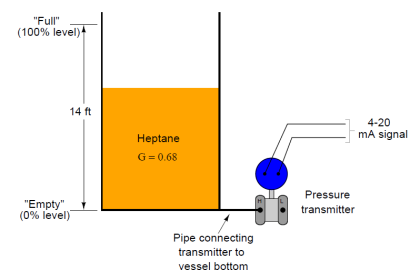
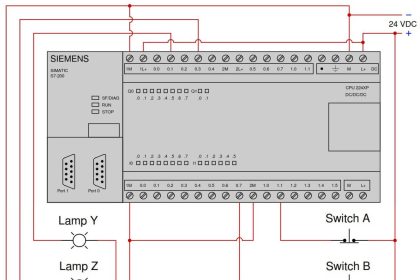
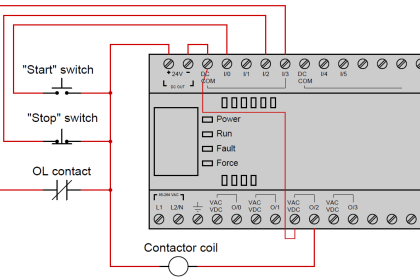
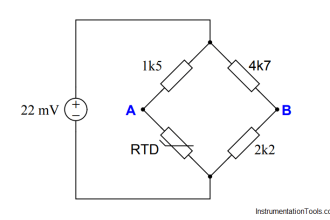

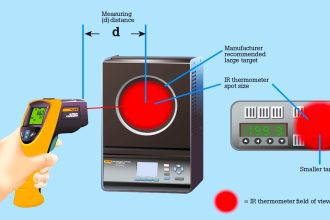
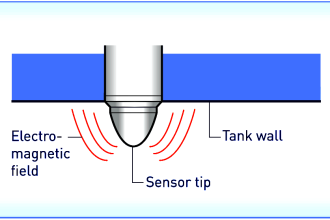
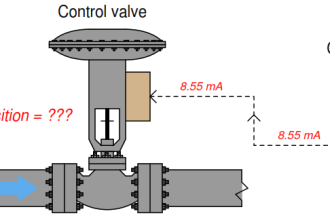
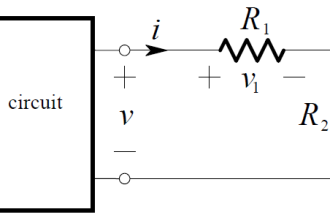
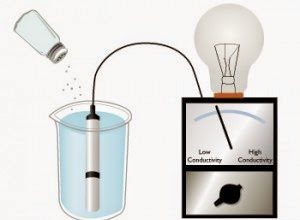


Answer2: decrease
Answer3:remain the same
Answer4:remain the same
Answer5: signal is stay constant with last case before close nozzle
Answer6:
The column will be affected by the pressure of the tank, whether it is an increase or decrease, and thus the reading of the transmitter will change if there is a change in the liquid level
All that by imposing a closed air pressure equalization valve
-I hope I understand the questions well
best regards
How possible the low side of the DP be connected to the bottom of the Process VESSEL.
Answer for URV and LRV for the above question is not correct , I’ve got (LRV = -206.79” H2O, URV= -128.79 )
Formula I used
LRV= Lmin * SGp – (H1+H2) * SGf
URV= Lmax* SGp – (H1+H2) * SGf
Answer 1: URV = +94.76 ”H2O , LRV = +173.7 ”H2O
Answer 2: As liquid level increases in this vessel, the transmitter’s signal
increases.
Answer 3: If the process liquid heats up and becomes less dense (but the actual
level remains the same),the differential pressure increase there by the
transmitter’s 4-20 mA signal decrease.
Answer 4: If the wet leg is filled with pure glycerin (s.g=1.26) instead of a
glycerin/water mixture (s.g=1.13) (but the process liquid level remains
the same),the differential pressure increase there by the
transmitter’s 4-20 mA signal decrease.
Answer 5: If the static pressure (vapor pressure) in the vessel will not change the
readings before closing the valve will remain the same.
If the static pressure increase (above 126 psi) then the differential
pressure will decrease and there for the transmitter reading will increase
(there by level readings will increase also).
If the static pressure decrease (less then 126 psi) then the differential
pressure will increase and there for the transmitter reading will decrease
(there by level readings will decrease also).
Answer 6: procedure for re-filling the wet leg with glycerin:
step 0: make sure bypass valve on the transmitter manifold is closed (not
drawn).
step 1: isolate the pulse piping from the vessel by closing the upper
nozzle block valve and the transmitter high side valve (to protect
the transmitter diaphragm from over pressure when filling up
with glycerin pump)
step 2: open the pulse pipe vent valve (upper) to the atmosphere pressure.
step 3: open the pulse pipe drain valve (lower) to atmosphere pressure
to drain what ever is on the wet leg (to a container or to a drain
ditch or according to local draining protocols & not on the
floor).
step 4: connect the glycerin filling pump to the drain side.
step 5: start the pump and fill the wet leg with glycerin until it reaches
the vent.
step 6: quickly close the drain valve.
step 7: stop and disconnect the glycerin filling pump.
step 8: close the vent valve.
step 9: open the transmitter high side valve.
step 10: open the upper nozzle block valve.
I hope i got all the answers right :).